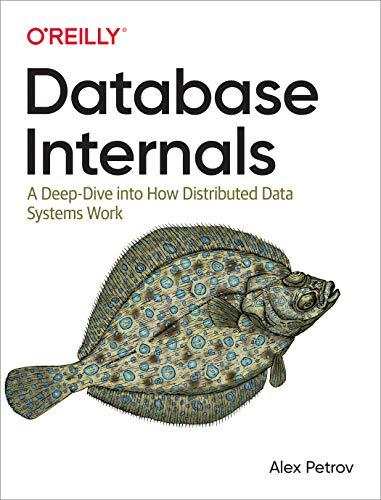Question
2.6 Task 6: Initial Vector (IV) Most of the encryption modes require an initial vector (IV). Properties of an IV depend on the cryptographic scheme
2.6 Task 6: Initial Vector (IV) Most of the encryption modes require an initial vector (IV). Properties of an IV depend on the cryptographic scheme used. If we are not careful in selecting IVs, the data encrypted by us may not be secure at all, even though we are using a secure encryption algorithm and mode. The objective of this task is to help students understand the problems if an IV is not selected properly. Please do the following experiments: 2.6.1 Task 6.1. Uniqueness of the IV A basic requirement for IV is uniqueness, which means that no IV may be reused under the same key. To understand why, please encrypt the same plaintext using (1) two different IVs, and (2) the same IV. Please describe your observation, based on which, explain why IV needs to be unique. 2.6.2 Task 6.2. Common Mistake: Use the Same IV One may argue that if the plaintext does not repeat, using the same IV is safe. Let us look at the Output Feedback (OFB) mode. Assume that the attacker gets hold of a plaintext ( P1 ) and a ciphertext ( C1 ), can he/she decrypt other encrypted messages if the IV is always the same? You are given the following information, please try to figure out the actual content of P2 based on C2 , P1 , and C1 . Plaintext (P1): This is a known message! Ciphertext (C1): a469b1c502c1cab966965e50425438e1bb1b5f9037a4c15913 Plaintext (P2): (unknown to you) Ciphertext (C2): bf73bcd3509299d566c35b5d450337e1bb175f903fafc15913 If we replace OFB in this experiment with CFB (Cipher Feedback), how much of P2 can be revealed? You only need to answer the question; there is no need to demonstrate that. The attack used in this experiment is called the known-plaintext attack , which is an attack model for cryptanalysis where the attacker has access to both the plaintext and its encrypted version (ciphertext). If this can lead to the revealing of further secret information, the encryption scheme is not considered as secure. 2.6.3 Task 6.3. Common Mistake: Use a Predictable IV From the previous tasks, we now know that IVs cannot repeat. Another important requirement on IV is that IVs need to be unpredictable for many schemes, i.e., IVs need to be randomly generated. In this task, we will see what is going to happen if IVs are predictable. Assume that Bob just sent out an encrypted message, and Eve knows that its content is either Yes or No ; Eve can see the ciphertext and the IV used to encrypt the message, but since the encryption algorithm AES is quite strong, Eve has no idea what the actual content is. However, since Bob uses predictable IVs, Eve knows exactly what IV Bob is going to use next. The following summarizes what Bob and Eve know: Encryption method: 128-bit AES with CBC mode. Key (in hex): 00112233445566778899aabbccddeeff (known only to Bob) Ciphertext (C1): bef65565572ccee2a9f9553154ed9498 (known to both) IV used on P1 (known to both) (in ascii): 1234567890123456 (in hex) : 31323334353637383930313233343536 Next IV (known to both) (in ascii): 1234567890123457 (in hex) : 31323334353637383930313233343537 A good cipher should not only tolerate the known-plaintext attack described previously, it should also tolerate the chosen-plaintext attack , which is an attack model for cryptanalysis where the attacker can obtain the ciphertext for an arbitrary plaintext. Since AES is a strong cipher that can tolerate the chosenplaintext attack, Bob does not mind encrypting any plaintext given by Eve; he does use a different IV for each plaintext, but unfortunately, the IVs he generates are not random, and they can always be predictable. Your job is to construct a message P2 and ask Bob to encrypt it and give you the ciphertext. Your objective is to use this opportunity to figure out whether the actual content of P1 is Yes or No .
Step by Step Solution
There are 3 Steps involved in it
Step: 1

Get Instant Access to Expert-Tailored Solutions
See step-by-step solutions with expert insights and AI powered tools for academic success
Step: 2

Step: 3

Ace Your Homework with AI
Get the answers you need in no time with our AI-driven, step-by-step assistance
Get Started


